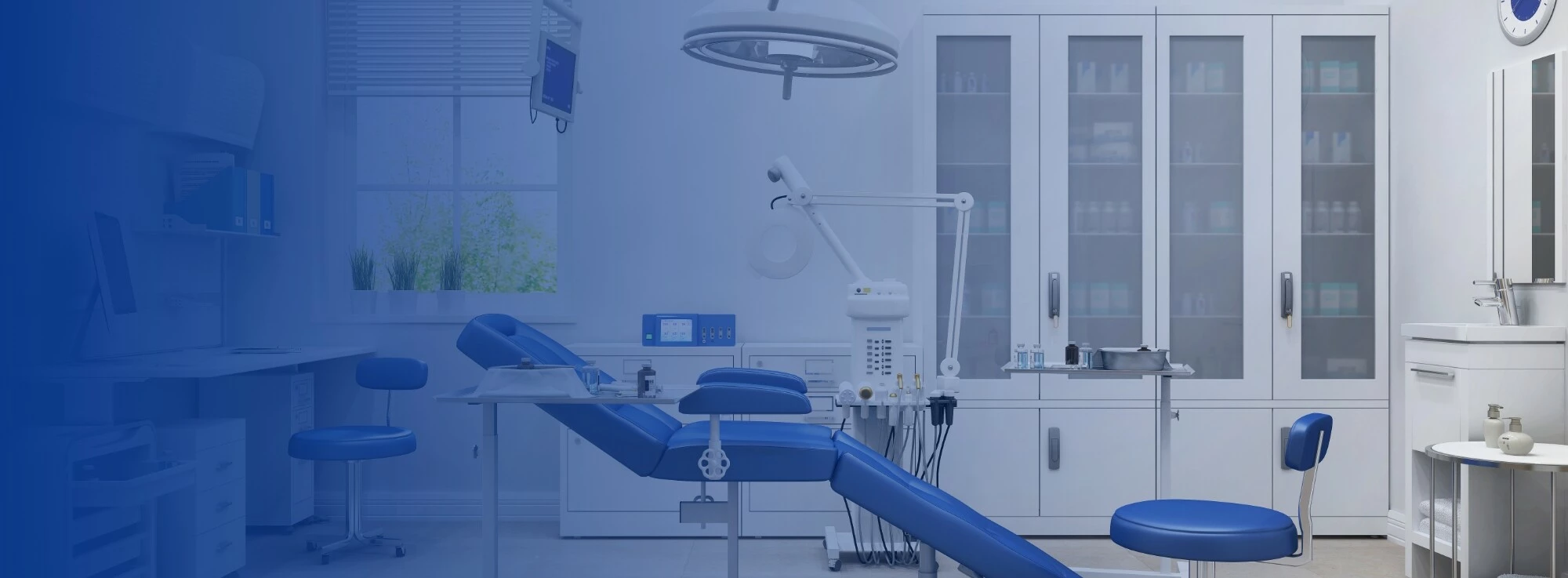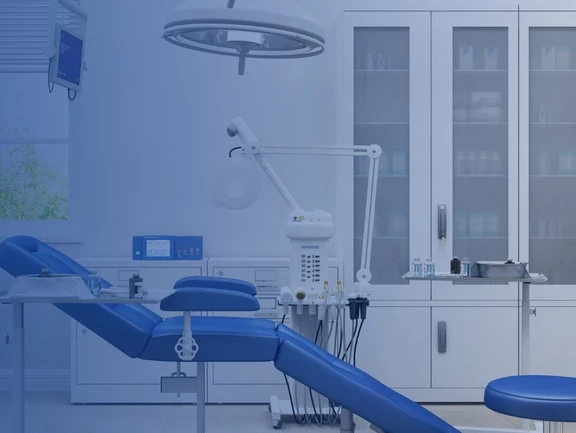Medical furniture: furnishings with special requirements
Whether in a hospital, private practice, nursing or freelance work - medical activities always require equipment that meets various criteria. The furniture must be easy to clean for hygienic reasons. Even when aggressive disinfectants are used on a daily basis, it is imperative that the smooth surface remains undamaged for decades. Materials that become corrosive or porous on contact with acids or alkalis are therefore completely ruled out. Likewise, of course, all materials that are toxic or can release harmful substances. Only materials such as special plastics, aluminum with or without coating and stainless steel remain. It is also important that the materials are largely inert, as otherwise the formation of difficult-to-remove biofilms would be encouraged. Inert here means that the surface does not react with gases, water vapor, dust, pollen or other airborne substances. In addition to hygiene requirements, the furniture must also ensure order and clarity. Sufficient storage space means that items can be sorted more effectively, which also makes cleaning easier. There should also always be enough free and clean storage space available. If a particular storage area is always full, it makes sense to add another drawer there. It is essential to ensure that each individual drawer runner runs smoothly and, above all, can be opened reliably and quickly. The same naturally applies to the doors of all types of cupboards and also to the compartments of equipment trolleys or multi-purpose trolleys. In the case of manually adjustable accessories, it should be possible to change them quickly and intuitively to ensure a smooth process. Generally speaking, quality goods save costs for repairs or new purchases in the long term and are far more worthwhile in the long run. Of course, safety aspects also play a role. An armrest for taking blood samples, for example, must be non-slip and able to withstand even if the patient has severe circulatory problems. Last but not least, furniture that is often transported or rolled should not be too heavy in order to avoid back problems for employees who are often overworked anyway.
Decisive selection criteria for the most important medical furniture
The central area of a patient room in the clinical area is the hospital bed. Depending on how much space is available per patient, all equipment and supply units must be arranged in close proximity around it. Nevertheless, the staff must have enough space to be able to work effectively. It is also important to bear in mind that additional equipment may be needed in an emergency, for which space must be created quickly and easily if there is no more time or capacity available to transfer the patient to an intensive care unit. It should be possible for both patients and nursing staff to change the sitting or lying position of a patient with limited mobility with minimal effort.
The less space available per patient, the more limited the area of wall space available. This is often not much more than the short side of the bed, with the prescribed connections for gas and electricity already taking up a large part of the capacity. Variable storage space for patients is then only available in bedside cabinets and bedside tables. Staff sometimes have to walk long distances to obtain personal protective equipment from PPE cabinets or to obtain medication and consumables from one of the scarce storage cabinets. A minimum number of different dispenser systems for gloves and disinfectants should therefore be available in the immediate vicinity of each patient. Waste collectors are also necessary to prevent accidents, and waste that can cause cuts and puncture wounds must not be stored or even transported outside of sturdy containers.
The most helpful additions to standard furniture
Mobile furniture, some of which can also be docked onto bed frames, is particularly important in a confined environment. This type of furniture mainly has castors and includes functional trolleys, side trolleys, equipment trolleys, emergency trolleys and multi-purpose trolleys. Equipment used for diagnostic or therapeutic purposes, including all accessories and consumables, is often stored together on a specially designed trolley. One example of this is an endoscopy trolley. This holds an endoscope for examining hollow organs and body cavities, together with disinfectant dispensers, drip trays, various drawers and waste containers as required.
Equipment carrier systems and gas cylinder carriers are also transported on trolleys for safe transportation. If, for example, there is not enough space on the wall for a small additional standard rail for installing a waste or collection basket, additional standard rails can also be attached to multi-purpose trolleys or to a stand for trolleys. If there is not even enough space on the supply unit for an infusion stand, a stand for trolleys is also used, which can be moved quickly and safely to where it is needed. Holding claws and clamps are extremely space-saving in storage, but can ensure that existing accessories can be put together in a completely new way if the need changes unexpectedly. It is therefore recommended to keep a larger range of retaining claws, screw brackets and quick-release claws in stock.
Buschmeier Medizintechnik - Tested quality products for all medical specialties
As we equip a number of medical facilities and doctors with medical furniture, we are familiar with the challenges of clearly arranged equipment in a small space. For this reason, we offer a particularly large selection of user-definable multi-purpose trolleys. Equipment trolleys that can be docked onto bed frames and easily adjusted at any time are available, as are functional trolleys for equipment carrier systems. Put together additional functional and emergency trolleys to suit your needs. It is best to expand your emergency supply of gas cylinders at an early stage; we offer suitable equipment carrier systems, holders and closures.
If you are considering an additional stand for trolleys, we can recommend suitable retaining claws for several support tubes for individually expandable vertical storage space. Many product parameters, such as the number of castors, can be adapted to your preferences.
Our experience shows that more flexible castor feet can make maneuvering in confined spaces much easier and faster. If you are still in the initial planning phase and cannot yet foresee the exact requirements, opt for a larger number of variable multi-purpose trolleys and side trolleys with particularly smooth-running drawer rails instead of too many predefined functional trolleys that are not needed at all in the end. Each additional drawer and trolley is then assigned to the category most needed during use. You can also never go wrong with an additional collection basket. If you have any further questions, we will of course be happy to advise you on our products and possible adaptations. You know best what is problematic about your existing equipment, which is why we very consciously listen to your suggestions for custom-made products and design products entirely according to your ideas.









